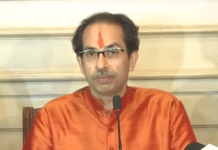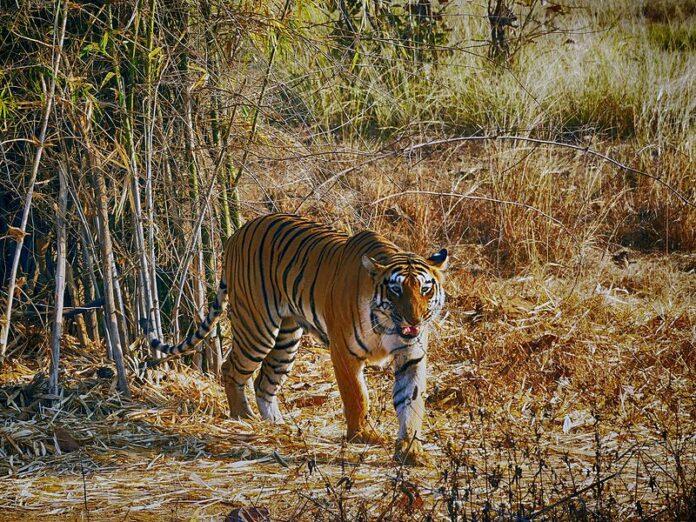Commemoration of 50 years of Project Tiger was inaugurated by the Prime Minister at Mysuru University in Mysuru, Karnataka today on 9th April 2023. He also launched the International Big Cats Alliance (IBCA).
In the past ten to twelve years, the tiger population in the country has increased by 75 percent to reach 3167 (from 2,967 in 2018). India is now home to 75% of the world’s tiger population. The tiger reserves in India cover 75,000 square km of land.
Project Tiger is a tiger conservation programme launched in November 1973 with the aim to ensure a viable population of the Bengal tiger in its natural habitats, protecting it from extinction, and preserving areas of biological importance as a natural heritage that represent the diversity of ecosystems across the tiger’s range in the country
India has made unique achievements in overall wildlife conservation. Prime Minister mentioned that India has only 2.4 percent of the world’s land area but it contributes toward 8 percent to known global biodiversity. He stated that India is the largest tiger range country in the world, the largest Asiatic elephant range country in the world with nearly thirty thousand elephants, and also the largest single-horn rhino country with a population of nearly three thousand. He further added that India is the only country in the world to have Asiatic lions and its population has increased from around 525 in 2015 to around 675 in 2020. He also touched upon India’s leopard population and stated that it increased by over 60 percent in 4 years. Referring to the work being done to clean up rivers such as the Ganga, the Prime Minister highlighted that some aquatic species that were once considered to be in danger have shown improvement. He credited the people’s participation and a culture of conservation for these achievements.
“It is important for ecosystems to thrive for the wildlife to thrive”, the Prime Minister remarked as he noted the work done in India. He mentioned that the country added 11 wetlands to its list of Ramsar sites taking the total number of Ramsar Sites to 75. He also noted that India added over 2200 square kilometres of forest and tree cover by 2021 when compared to 2019. In the last decade, the Prime Minister said, the number of Community Reserves increased from 43 to over 100 and the number of National Parks and sanctuaries around which Eco-sensitive Zones were notified increased from 9 to 468, that too in a decade.
***
























